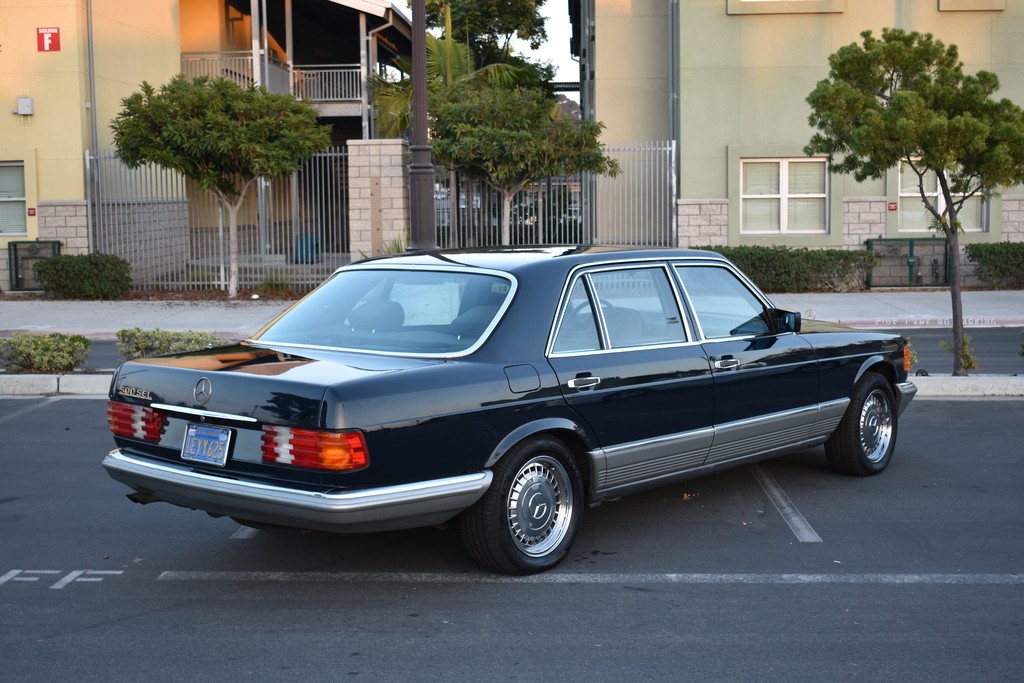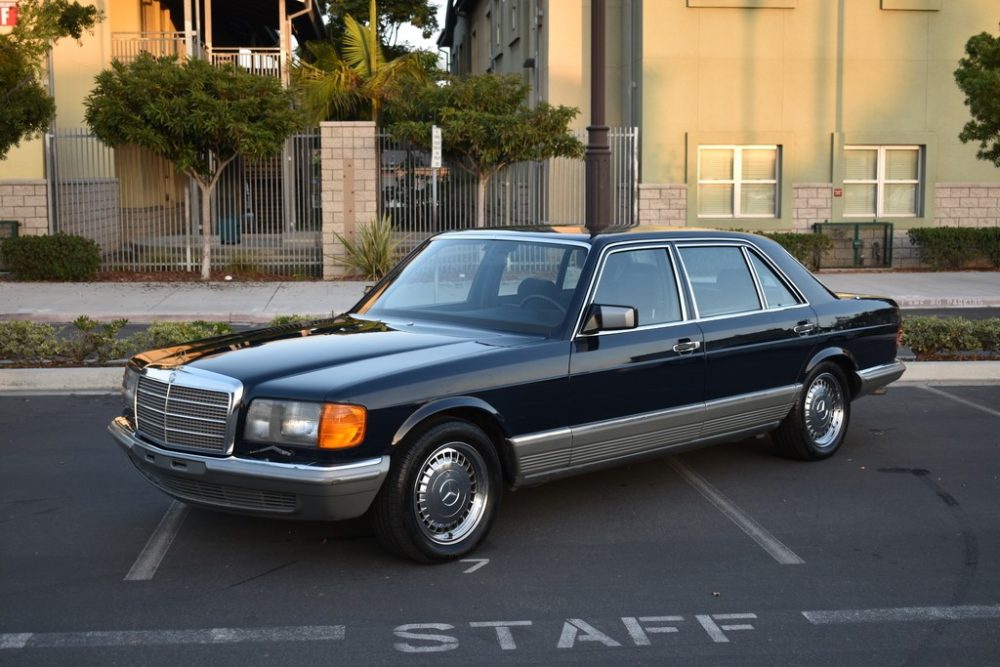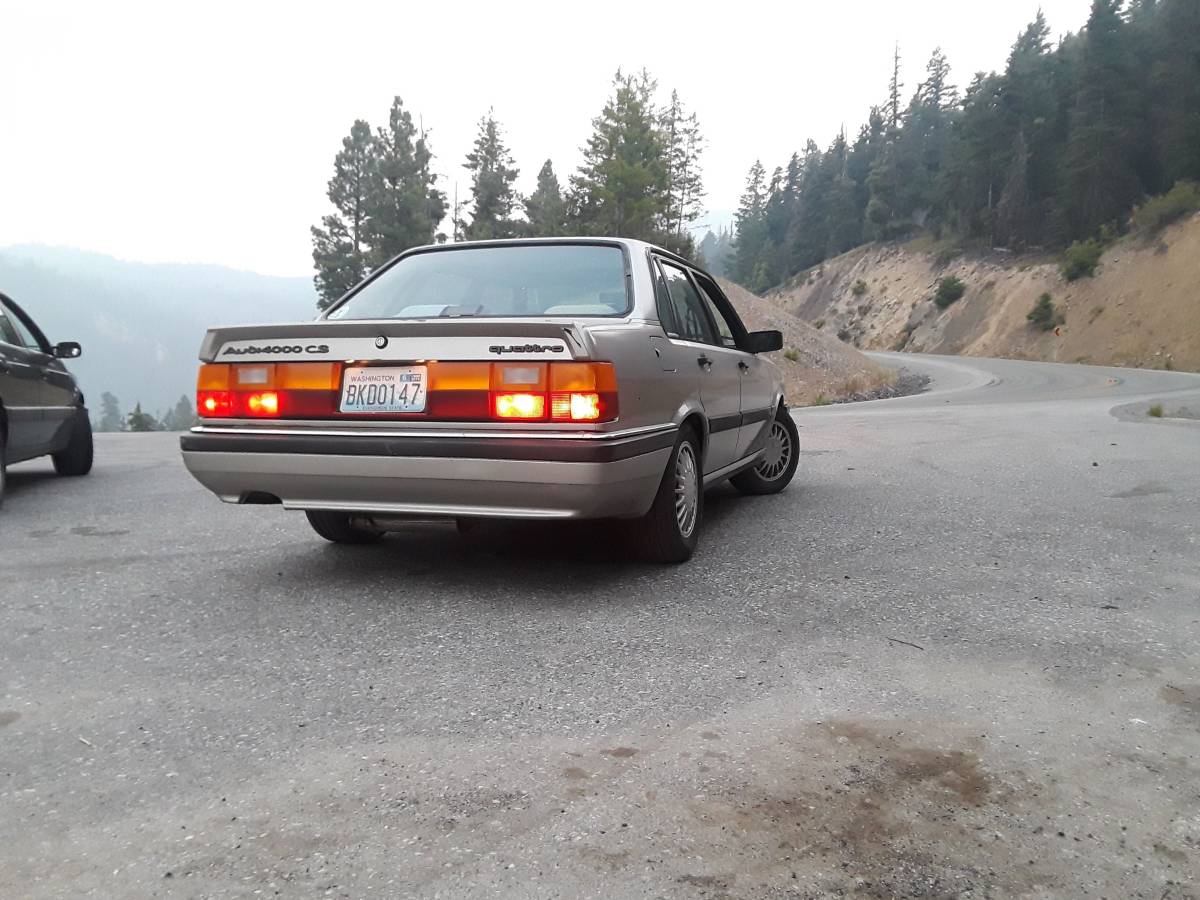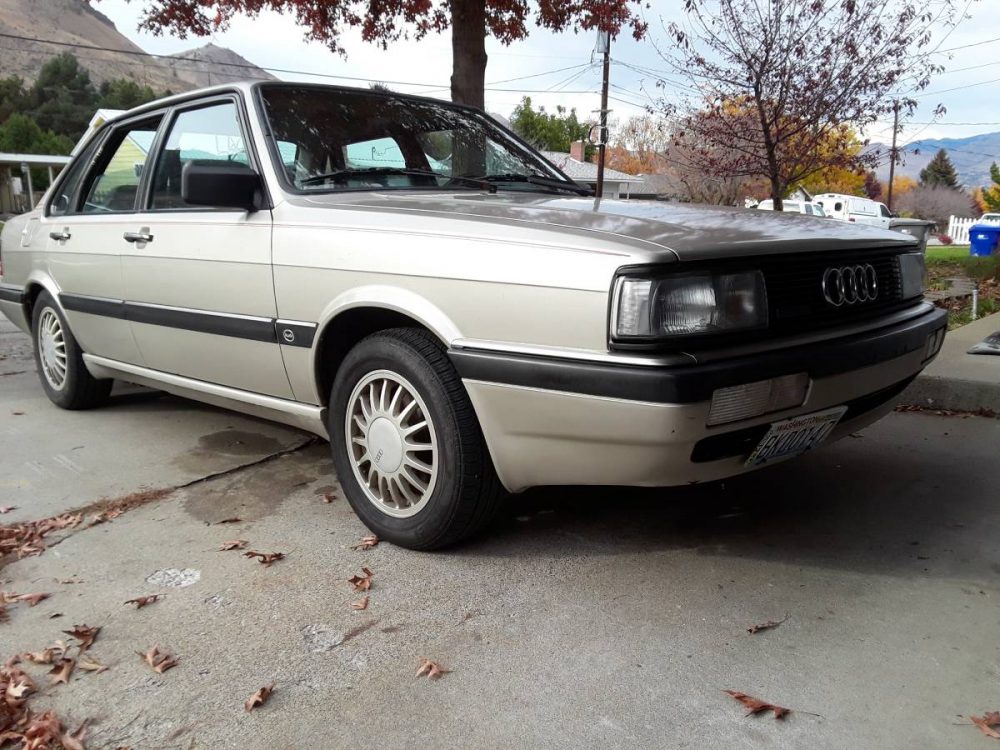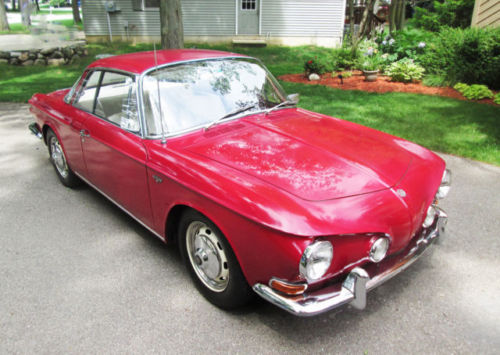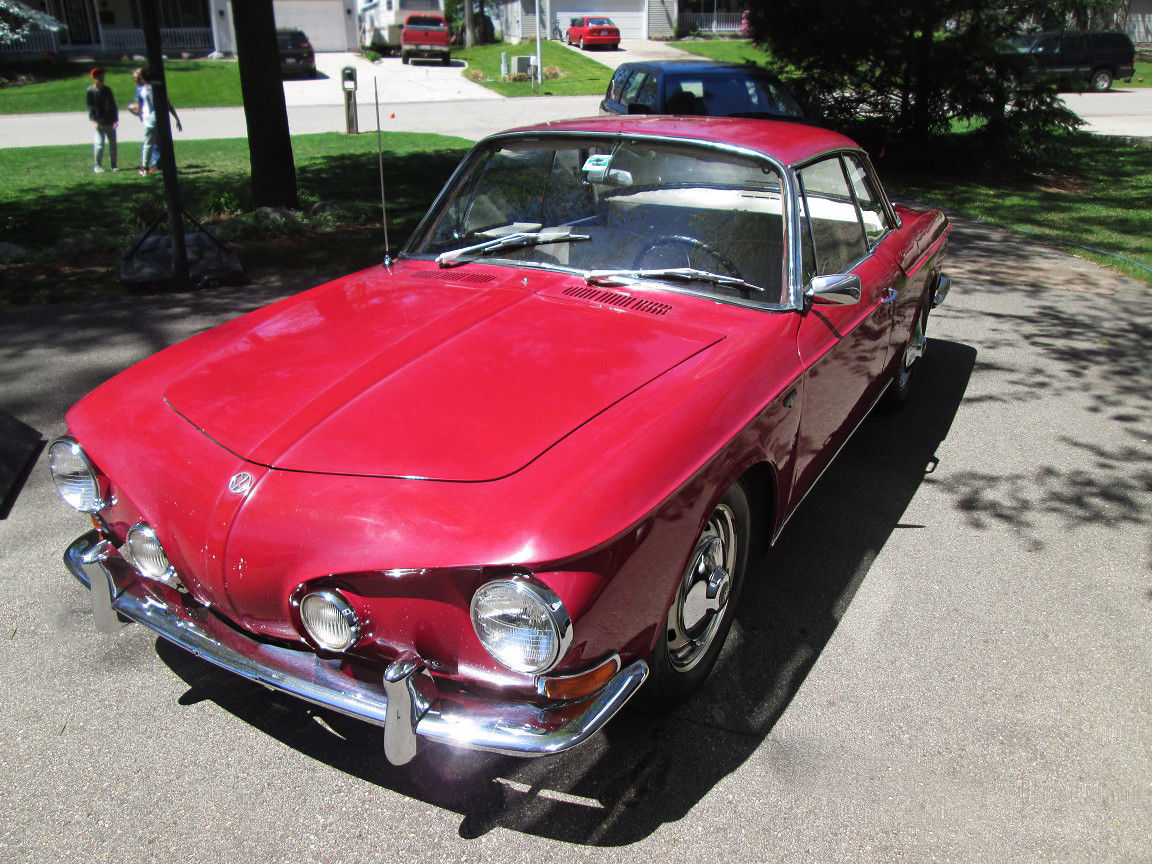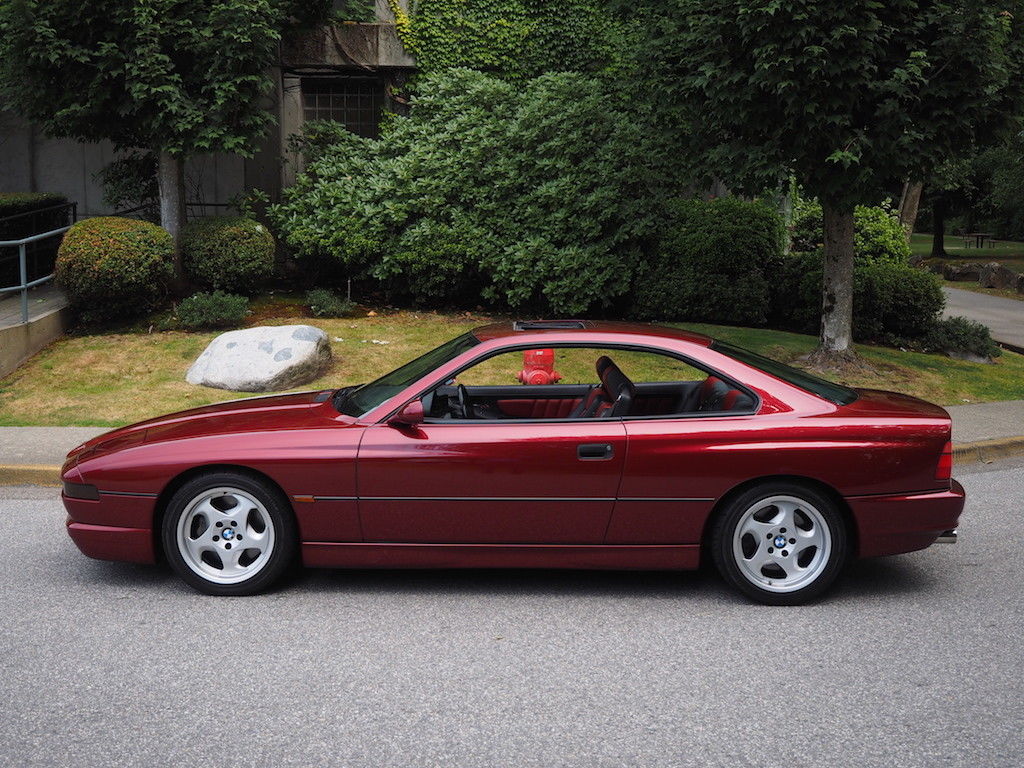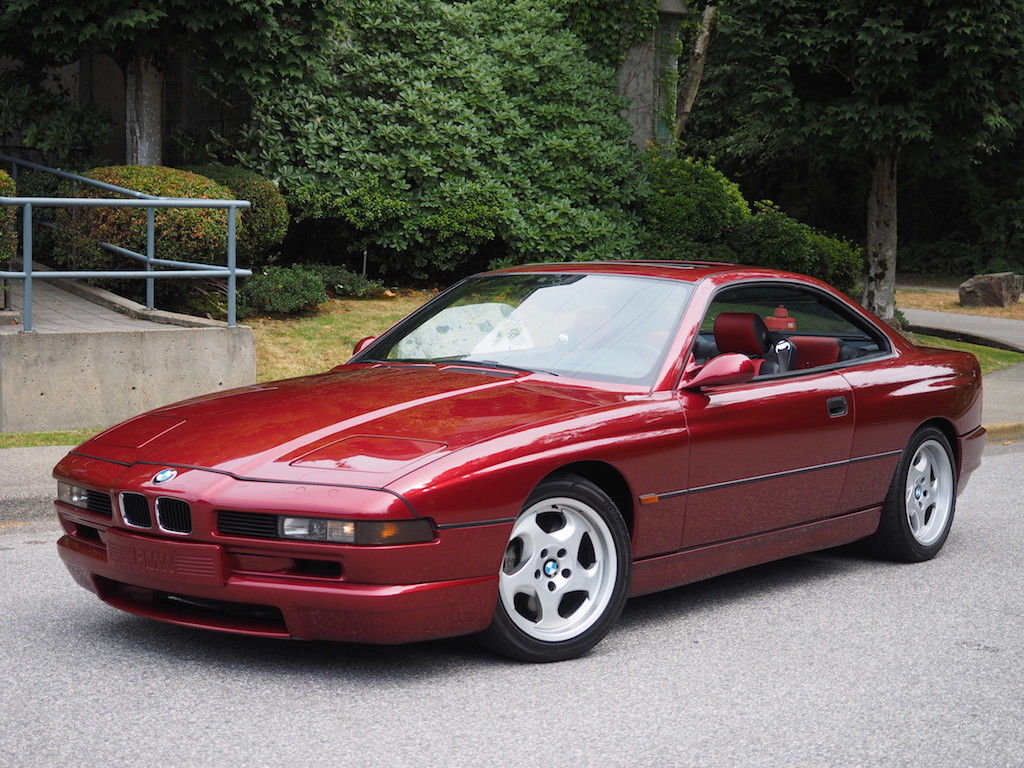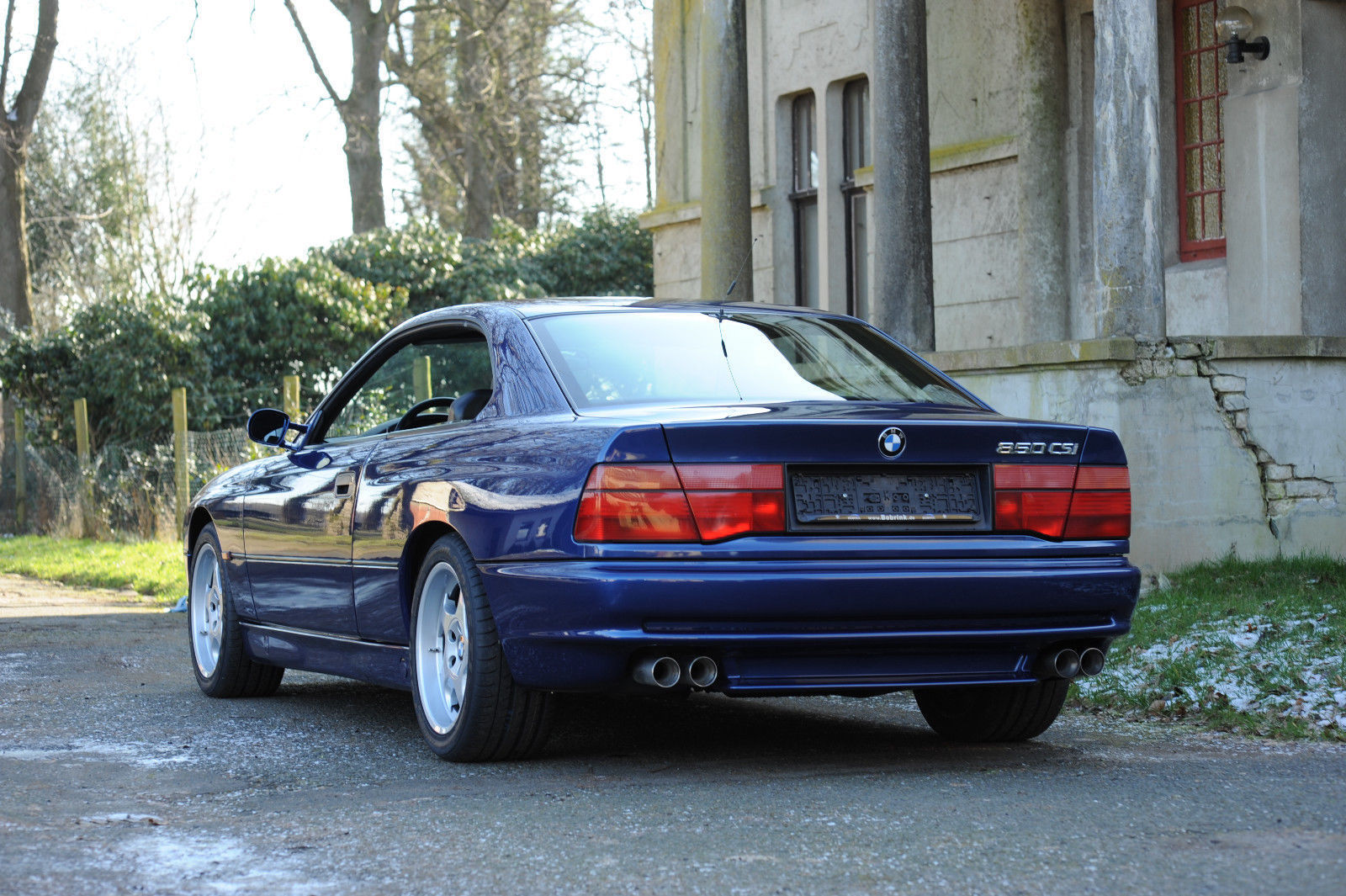When looking at last week’s 1980 Mercedes-Benz 300SD, the claim of it being the best sedan in the world (at the time) came up. Those were someone else’s words, not mine, but I am certainly not going to argue against it because I actually own a 1980 300SD and it is one of my daily drivers. 1980 was also the last year of the W116 and the W126 was already on the roads late in that year in Europe with 1981 being the first model year for the new S-Class in North America. The W126 had to continue on the legacy of being the best luxury sedan in the world and again, at the time, it would tough to say it wasn’t. You could have the efficient OM617 diesel or two V8 options in the Gen 1 W126 with the 380SE/L or the 500SEL. Today’s car I wanted to check out is a 1983 500SEL but it isn’t the standard North American spec cars you are used to seeing. This W126 is a Euro-spec car with some neat options, both inside and out.
Tag: euro
I don’t spend a lot of time talking about air-cooled models on these pages, and that’s a huge gap in Volkswagen’s history. It’s also not so long ago that VW continued to crank out brand new Beetles alongside their water-cooled replacements. The proliferation paved the way not only for the water-cooled replacement models I tend to favor, but some pretty awesome air-cooled examples, too.
Of those my favorite certainly must be the Type 34. I dissected Volkswagen’s first attempt to move upscale in an article on The Truth About Cars last year:
https://www.thetruthaboutcars.com/2017/01/volkswagens-other-karmann-ghia-the-type-34/
Basically, like the Phaeton, the Type 34 was a sales failure. It was too expensive – costing about 50% more than a normal Type 14 Ghia. But that didn’t mean it wasn’t a very good looking failure. While the underpinnings were shared with its less exotic 1500 cousins, the upscale Karmann Ghia was aimed squarely at making peasants feel like landed gentry and certainly looked the part. Sweeping character lines ran the length of the car, giving it its signature “razor” nickname. Added to the upscale look in terms of desirability today is rarity. Never imported to the United States, the Type 34 only achieved about 42,500 units – less than 10% of the total number of the more popular and familiar Type 14 Karmann Ghia. But we’re lucky to find one today in Michigan:
